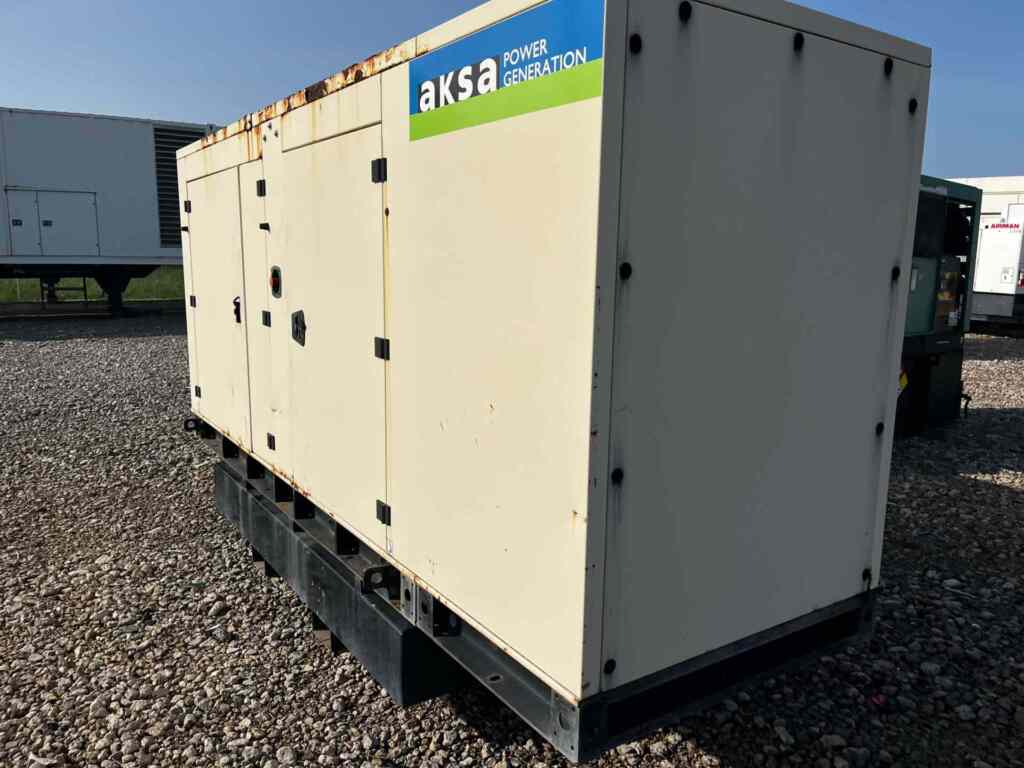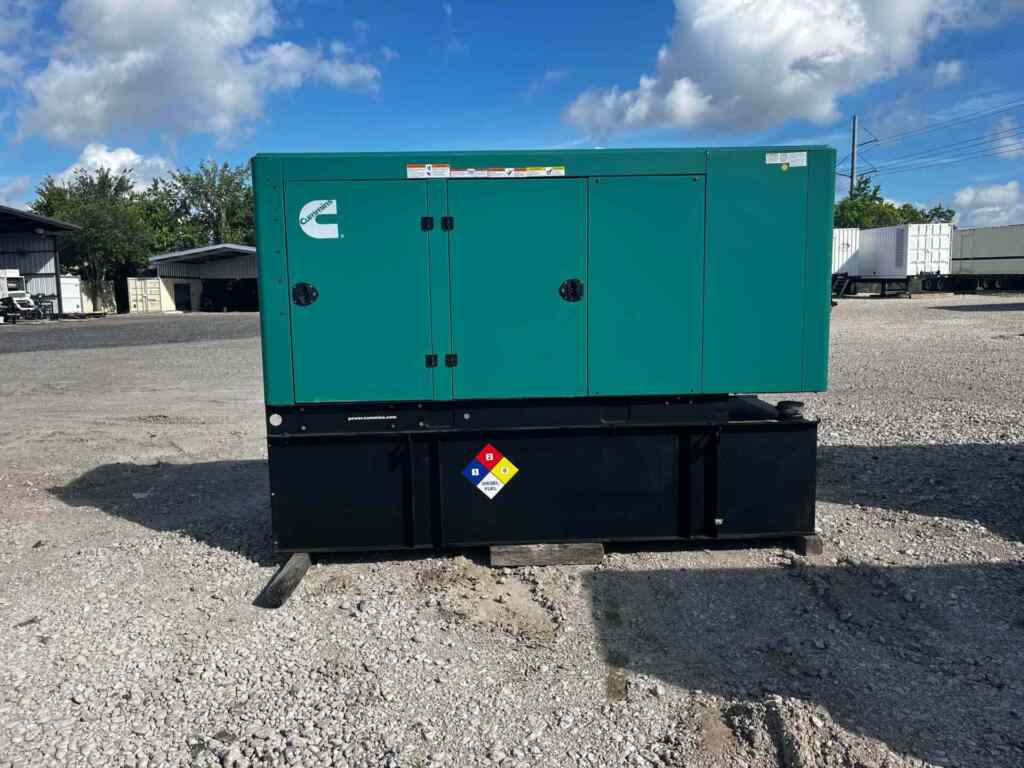Many businesses and industries need generators to run efficiently, even in the worst circumstances. They must have reliable generators that can keep them going when all else fails, but sometimes, these generators don’t run at the optimal frequency. Continue reading to learn about a few ways you to convert generator frequencies.
What Is Generator Frequency?
It’s important to know the generator frequency to understand how to convert your generator frequencies. This measurement refers to the number of electrical cycles it runs through in one second. Frequency is measured in Hertz (Hz) and is typically proportional to the engine speed. However, this frequency doesn’t always match the frequency rating of the appliances you are trying to power. In instances like this, you must convert your generator frequency so you don’t run under or over the appliances’ frequency and damage them.
Understanding what generator frequency is and the specific requirements of the appliances you intend to power is crucial when converting your generator frequency. Different electronic devices or machinery have varying tolerances for frequency deviations. For sensitive equipment such as computers or medical devices, even a slight mismatch in frequency could lead to malfunctions or permanent damage. Therefore, conducting thorough research or consulting with experts in the field is essential to ensure that the converted generator frequency aligns perfectly with the appliances’ specifications, guaranteeing safe and efficient operation.
Frequency Converter
One of the best ways to change your generator’s frequency is to use a frequency converter. If you use a fixed-speed generator where you can’t change the engine speed, these frequency converters can change the alternating current (AC) frequency to match the appliance you’re powering. It will change the AC output to a direct current (DC) and then back to the appropriate AC frequency. Some applications require frequency conversions, but it’s also useful when you have a piece of equipment that comes from another part of the world and uses different frequencies.
Change Engine Speed
Some generators are fixed-speed and require frequency converters, but with many others, you can freely change the engine speed and the generator frequency. Most generators today connect to an alternator to produce electricity. You can alter the frequency by changing the generator’s revolutions per minute (RPM) to match. You’ll need a Hz meter to measure the change, and then you can adjust the throttle screw, raising or lowering the engine speed to reach your desired setting.
Use a Variable Speed Generator
Another method for converting generator frequencies is only available with a variable speed generator. When you have a variable speed generator set, you can easily change the frequency output by allowing your generator to spin at different speeds. These generators use a variable-frequency drive (VFD) instead of a converter or change in RPM. However, one of the drawbacks of this generator is that it can be more expensive than other generator options. It also has more delicate components, which means you can’t use them in the rough environments that other generators can withstand.
It’s important to learn how to convert your generator frequencies so everything works as intended and doesn’t malfunction. If you’re in the market for a portable industrial generator for your business or organization, check us out at Turnkey Industries! We’ll take care of all your generator needs and help you keep your business running!
 Turnkey Industries offers a variety of high-capacity
Turnkey Industries offers a variety of high-capacity 






